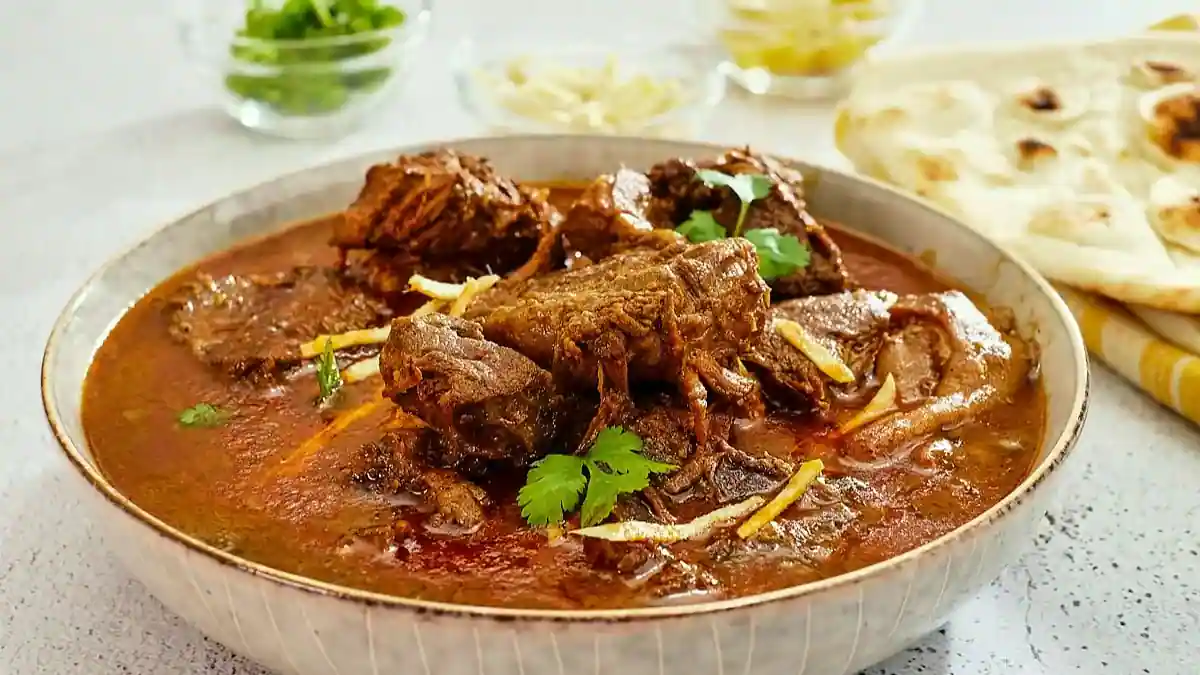Number 1 Mutton Magic: Unveiling the Rich Flavors and Culinary Wonders of Mature Sheep Meat

table of content
- Introduction
- 1.1 Definition of Mutton
- 1.2 Distinction between Lamb and Mutton
- Types of Mutton
- 2.1 Lamb vs. Mutton: Age Distinction
- 2.2 Different Cuts of Mutton
- 2.3 Culinary Uses of Various Meat Cuts
- Nutritional Profile
- 3.1 Protein Content
- 3.2 Fat Content
- 3.3 Vitamin and Mineral Composition
- Cultural Significance
- 4.1 Mutton in Traditional Cuisine
- 4.2 Symbolism and Rituals Associated with Mutton
- Cooking and Preparation
- 5.1 Best Cooking Methods for Mutton
- 5.2 Popular Mutton Recipes Worldwide
- 5.3 Tips for Tenderizing and Enhancing Flavor
- Health Considerations
- 6.1 Dietary Benefits of Mutton
- 6.2 Potential Health Concerns
- 6.3 Moderation and Balanced Consumption
- Sustainable Practices
- 7.1 Environmental Impact of Mutton Production
- 7.2 Ethical Considerations in Meat Farming
- Meat Industry and Market
- 8.1 Global Production and Consumption Trends
- 8.2 Economic Impact of the Meat Industry
- FAQs About Mutton
- 9.1 Is Mutton the Same as Goat Meat?
- 9.2 How to Choose High-Quality Meat?
- 9.3 Cooking Tips for Beginners
Introduction:
Mutton, a term often associated with rich, hearty dishes and flavors that evoke a sense of tradition and culinary prowess, holds a special place in the world of meats. Derived from the meat of mature sheep, it offers a distinctive taste and texture that sets it apart from its more tender counterpart, lamb. In this exploration of meat, we delve into the origins, characteristics, and the diverse culinary applications that make it a cherished ingredient in various cuisines worldwide.
Origins and Characteristics:
It comes from sheep that are typically over two years old, marking the transition from lamb to mature sheep. The aging process not only influences the flavor but also impacts the texture of the meat. Unlike the tender and mild taste of lamb, this boasts a robust and distinctive flavor that many culinary enthusiasts appreciate. The meat is darker in color, with a richer, more pronounced taste owing to the higher fat content and increased muscle maturity.
The maturity of the sheep also contributes to the firmness of the meat. While lamb is known for its tender texture,it offers a more substantial bite, making it an ideal choice for slow cooking methods that allow the flavors to meld and intensify.

What is Mutton:
Culinary Applications:
It is a versatile ingredient that finds its way into an array of culinary traditions across the globe. In many cultures, the rich and distinct taste of it is celebrated in a variety of dishes that showcase its unique qualities. Let’s explore some popular culinary applications of meat:
- Curries and Stews: It curries and stews are perhaps the most iconic and widespread use of this meat. The slow-cooking process allows the flavors to penetrate the meat, resulting in a dish that is not only tender but also packed with depth and richness. Whether it’s the famous Indian Rogan Josh or the hearty Irish stew, mutton plays a starring role in countless recipes.
- Grilled and Roasted Preparations: It robust flavor makes it an excellent candidate for grilling and roasting. Marinated with a combination of spices, herbs, and perhaps a touch of acidity, mutton cuts can be grilled to perfection, creating a smoky and savory experience. In some cultures, whole mutton roasts are a centerpiece during festive occasions, symbolizing abundance and celebration.
- Mutton Biryani and Pilaf: Meat biryani, a beloved dish in South Asian cuisine, showcases the aromatic union of seasoned rice and succulent meat pieces. The slow-cooked meat infuses its flavors into the rice, creating a harmonious and flavorful dish. Similarly, mutton pilaf variations are celebrated in Middle Eastern and Central Asian cuisines.
- Pies and Pastries: It is a key ingredient in savory pies and pastries. From traditional British meat pies to Middle Eastern savory pastries like sambousek, meat adds a distinctive taste and texture that elevates these comfort food classics.
- Soups and Broths: It bones and cuts are often used to prepare rich and hearty soups and broths. Slow simmering allows the marrow and flavors to seep into the liquid, creating a nourishing base for various soups in different culinary traditions.
Health Benefits:
Apart from its culinary appeal, it also offers several health benefits. It is a good source of high-quality protein, essential amino acids, and various vitamins and minerals, including B vitamins, iron, and zinc. The presence of healthy fats can contribute to a feeling of satiety and provide sustained energy.
Conclusion:
In the vast tapestry of culinary delights, It stands as a testament to the artistry and diversity of global cuisine. Its unique flavor, distinct texture, and versatility in the kitchen make it a favorite among chefs and home cooks alike. From the spice-infused curries of India to the savory pies of England, it has woven itself into the fabric of traditional dishes, embodying the rich history and cultural significance of the regions that embrace it. So, the next time you savor a dish featuring meat, relish not only the flavors but also the centuries-old culinary heritage that this exceptional meat represents.




